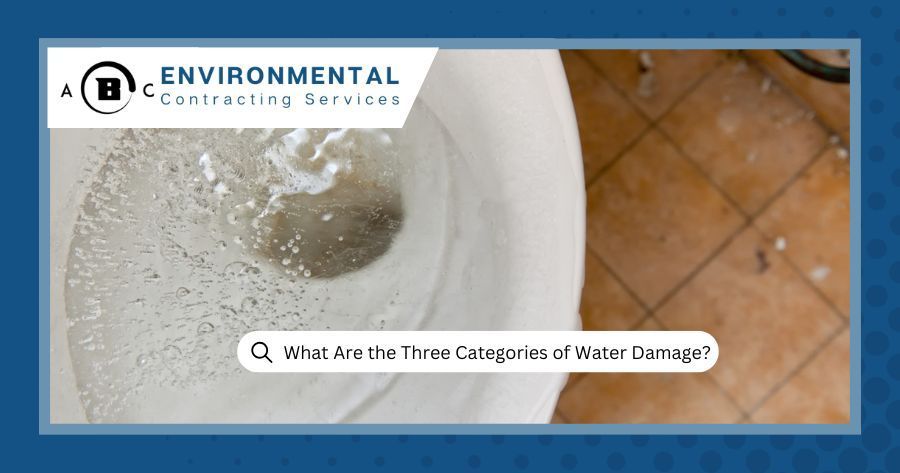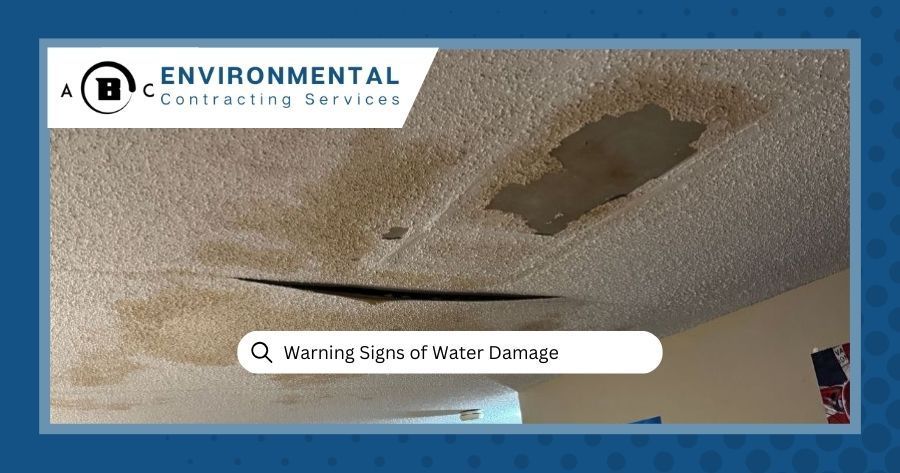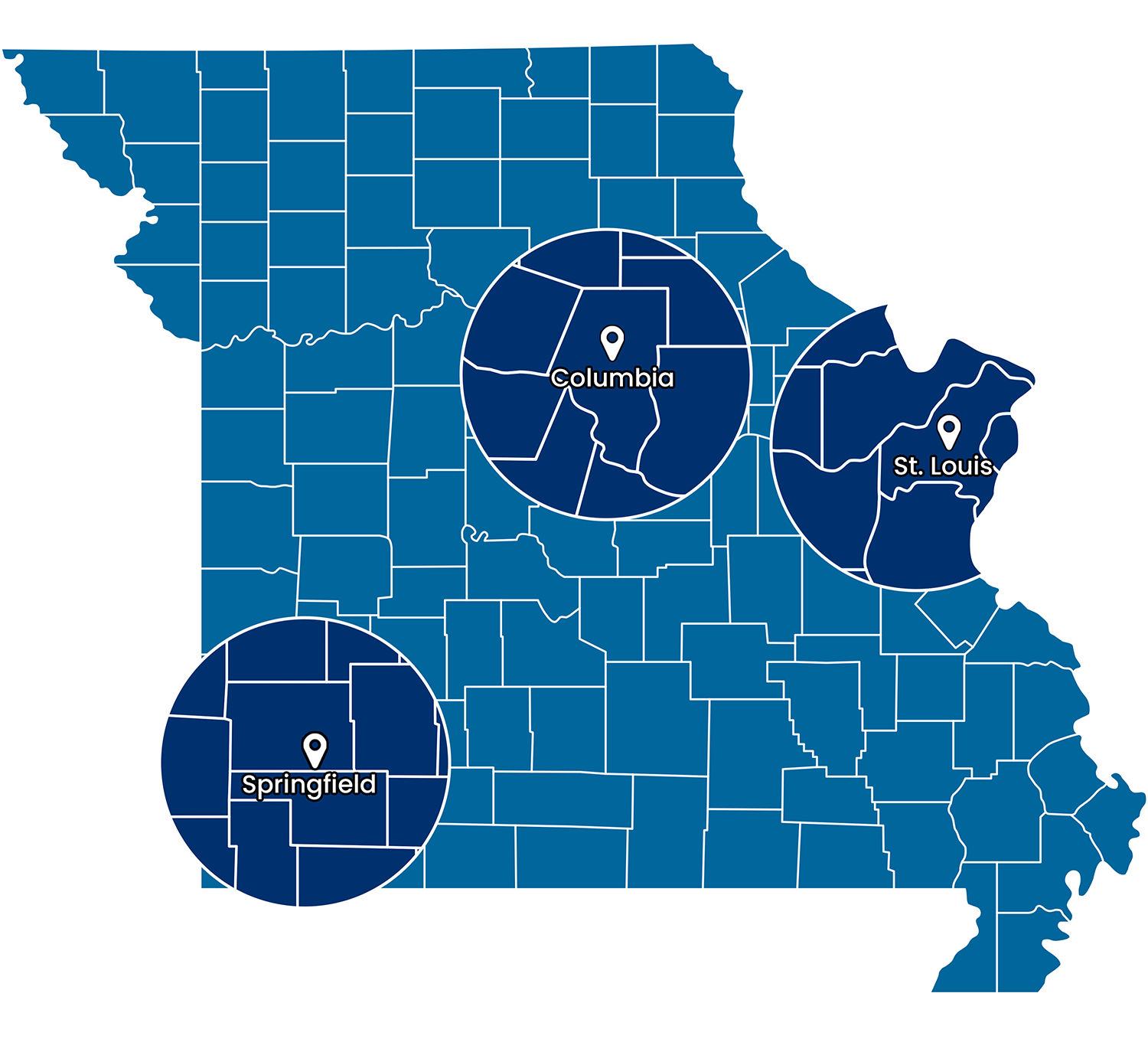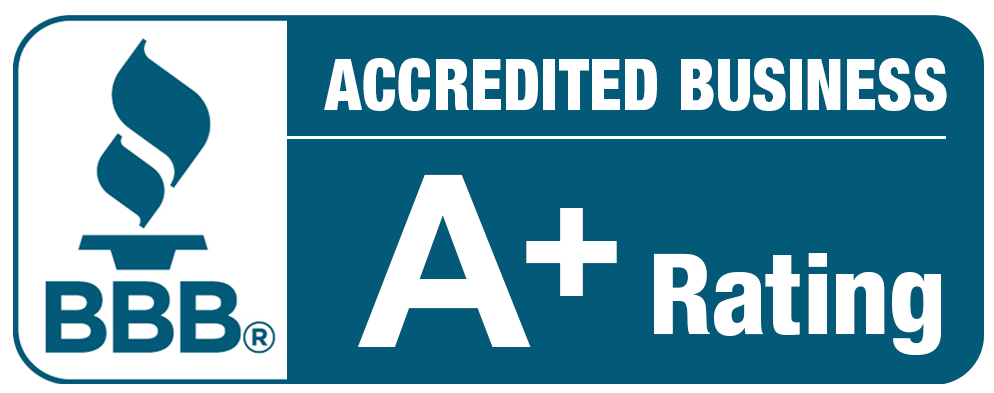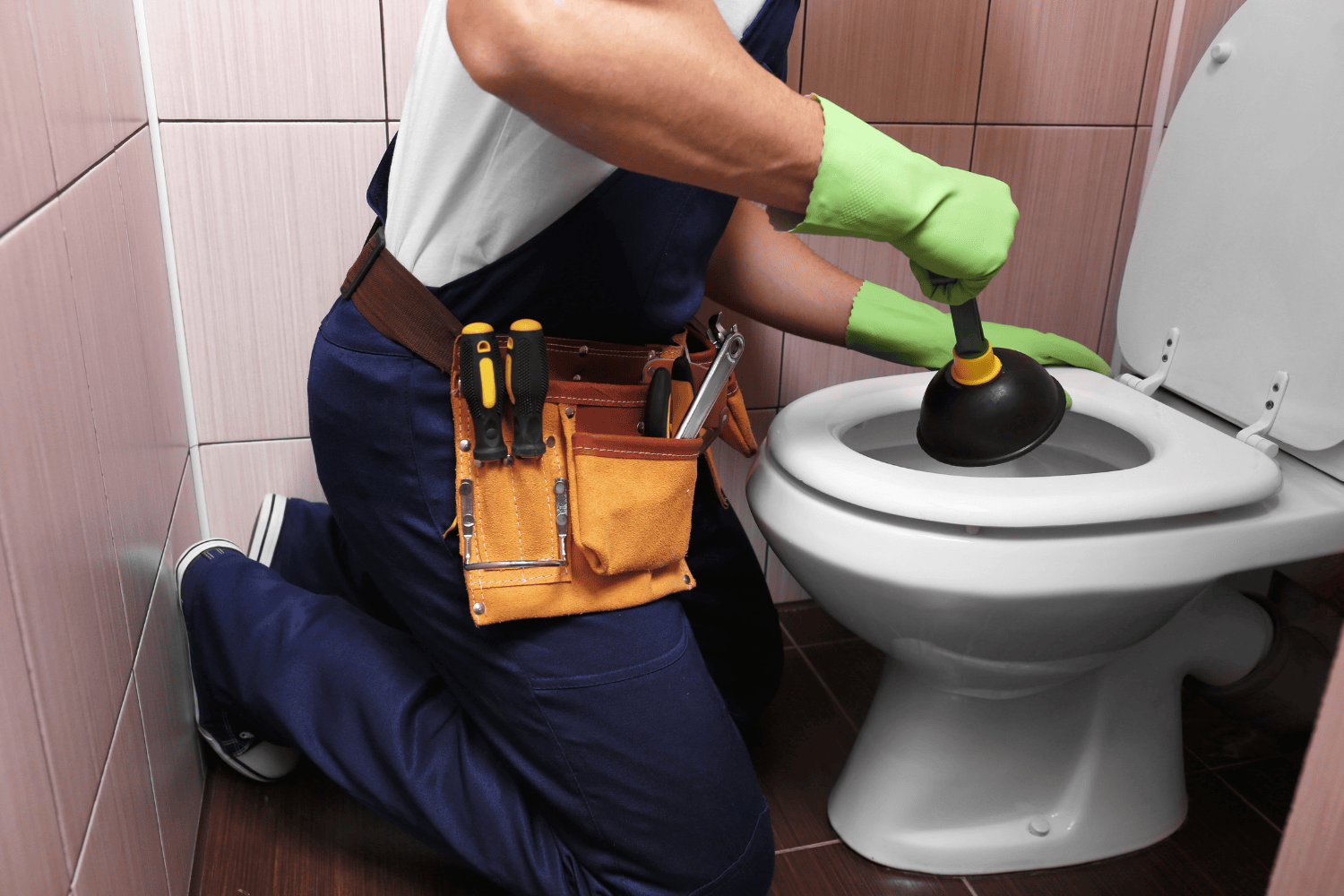
A sewage backup is one of the worst disasters that a home can face because of the extent of damage. Not only does it leave a home with severe water damage in the areas where it floods, but it also puts the family at risk of exposure to harmful contaminants.
For that reason, most people have to hire a
professional sewage cleanup crew to restore their homes. Unfortunately, the cost of cleaning up a sewage backup can be quite expensive, and some homeowners might not get any assistance from their insurance. Therefore, it’s recommended that homeowners take the following preventative measures to avoid the cost of a
sewage cleanup in Columbia, MO.
Complete Routine Inspections
One of the most important things that homeowners can do to protect their homes from a backup is to hire a professional for a routine sewer inspection. While sewage care usually falls low on a Honey Do List, it needs to be a priority.
A routine inspection can provide homeowners with a better picture of their sewer’s condition so that they can address concerns before they become a bigger issue. For example, an inspection might reveal structural damage where parts of the sewer line have weakened or collapsed. It might also help identify roots that are causing blockages.
Perform Regular Maintenance
In between inspections, it’s crucial that homeowners maintain the function of their drains and plumbing system. One of the biggest parts of maintaining a sewer line is cleaning it. This procedure can prevent debris buildup and clogs that could otherwise restrict the flow of wastewater from the house. A professional plumber may use an auger or hydro jetting to clean the inner walls of the sewage pipes.
In most cases, sewage cleaning and maintenance can be done at the same time as the professional inspection. For best results, it’s recommended that homeowners complete this type of maintenance every two years.
Repair As Needed
If the inspection uncovers some structural concerns or damage caused by roots, it’s crucial that homeowners address the problem right away. Fortunately, most professional plumbers will be able to repair any damage that they discover during their inspection.
Though paying for these repairs may add up to more than what the homeowner originally planned to spend, the cost is a drop in the bucket compared to the cost of ignoring the damage.
Inspections aren’t the only times that homeowners might find themselves in need of sewer repairs, however. Slow draining in the bathroom is a good indicator that something is impeding the flow of water. This sign should be addressed before the next scheduled inspection.
Install Backwater Prevention Valve
Even when routine maintenance and repairs are made, things can still happen unexpectedly. The best way to protect a home from the damage of a sewage backup is by installing a backwater prevention valve. This device is installed in the sewer line and drain line in a home’s basement. The purpose is to stop sewage water from coming back into the house.
It creates a one-way system where sewage can only be flushed out. It cannot flow back into the basement. However, it’s important to note that if the blockage occurs on the wrong side of the valve, the home could still experience a backup in other areas of the home, such as sink drains and toilets.
Read About - Water Prevention Tips
Avoid Grease in Drains
Though it might be tempting to pour hot grease down the drain, homeowners must understand that the grease doesn’t stay in its liquid state as it cools down. Instead, it can solidify in the drains and slowly start to build up. If homeowners continue to use their sewage system to dispose of grease, they could eventually clog the line.
Be Cautious of Roots Near Lines
Finally, homeowners need to be careful where they are planting bushes and trees. Even seemingly small plants can have a massive root system that can penetrate sewage lines. Therefore, it’s important to know where the sewer lines run before attempting to make any major changes to landscaping. As a general rule of thumb, trees should never be planted closer than 10 feet of a sewage pipe.
Find out More About How to Prevent a Sewage Cleanup Project
Curious if there is more that can be done to prevent a backup? Need to know who to call when sewage cleanup services are needed? ABC Environmental Contracting Services is available to answer any questions that homeowners might have about sewage backups.
Customers in the Columbia area can reach out to the team of professionals by calling or filling out their
online quote form. Those who are experiencing a sewage emergency can request assistance 24/7!

